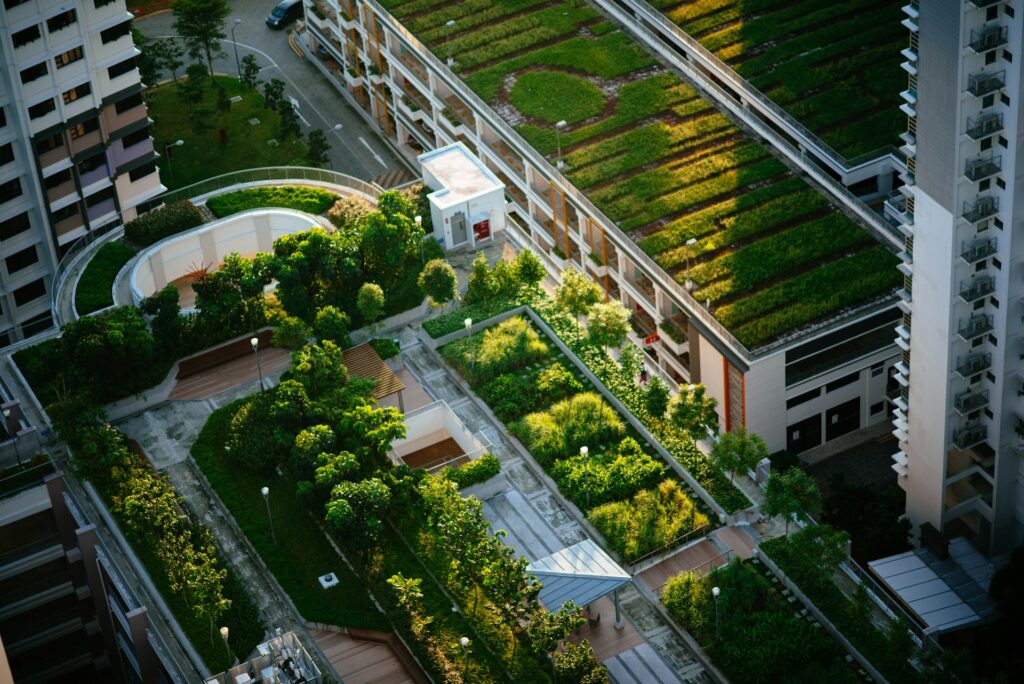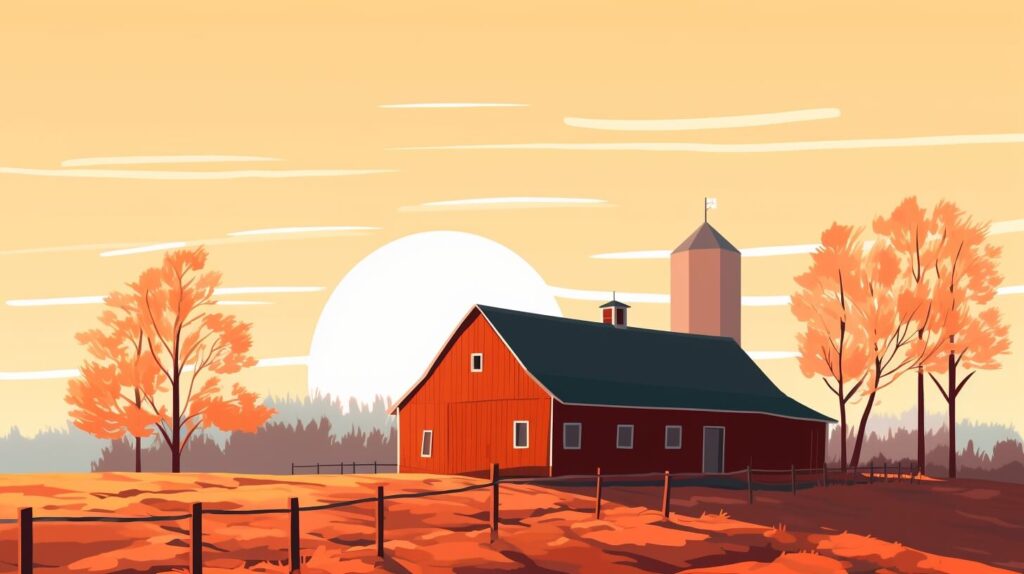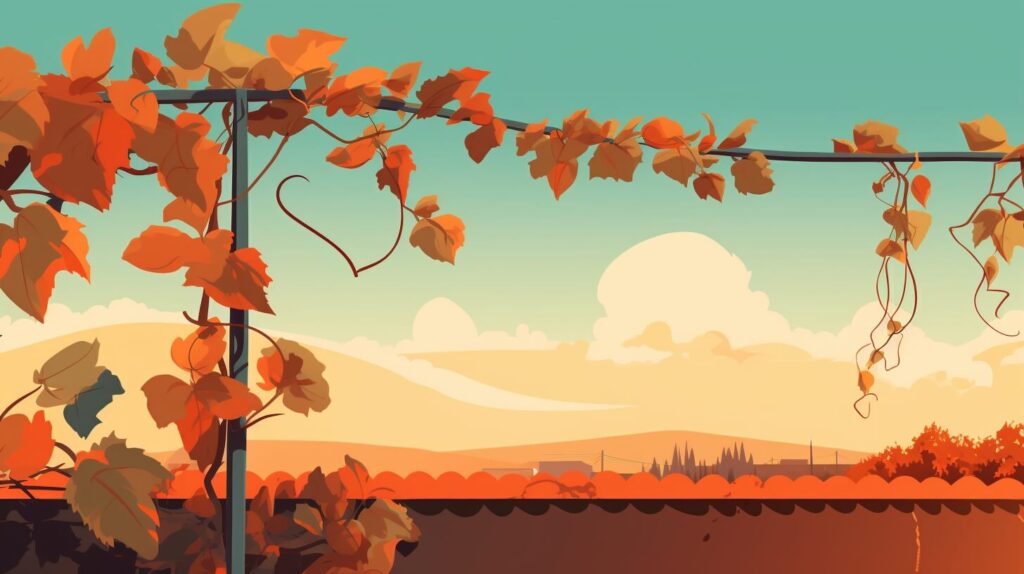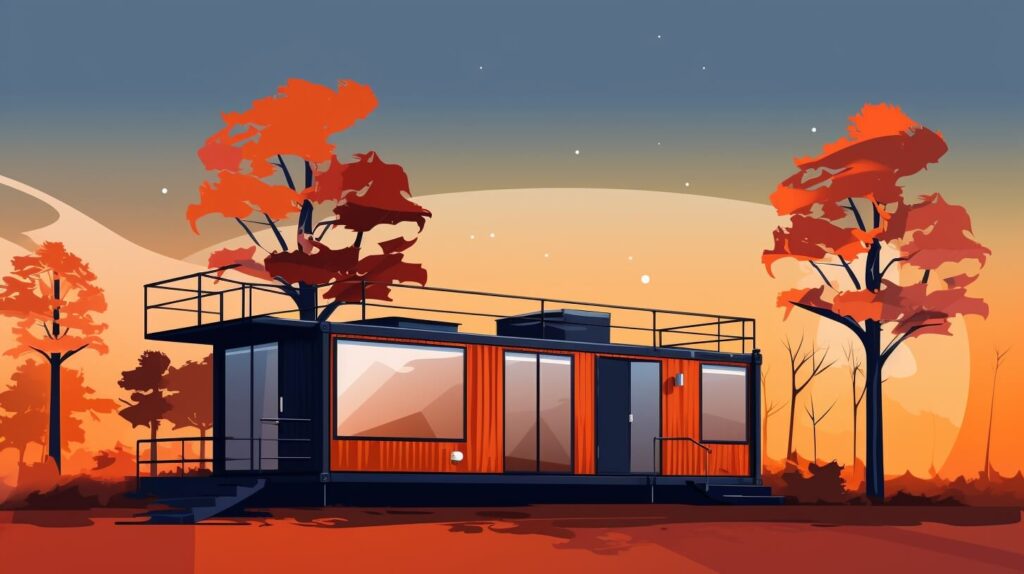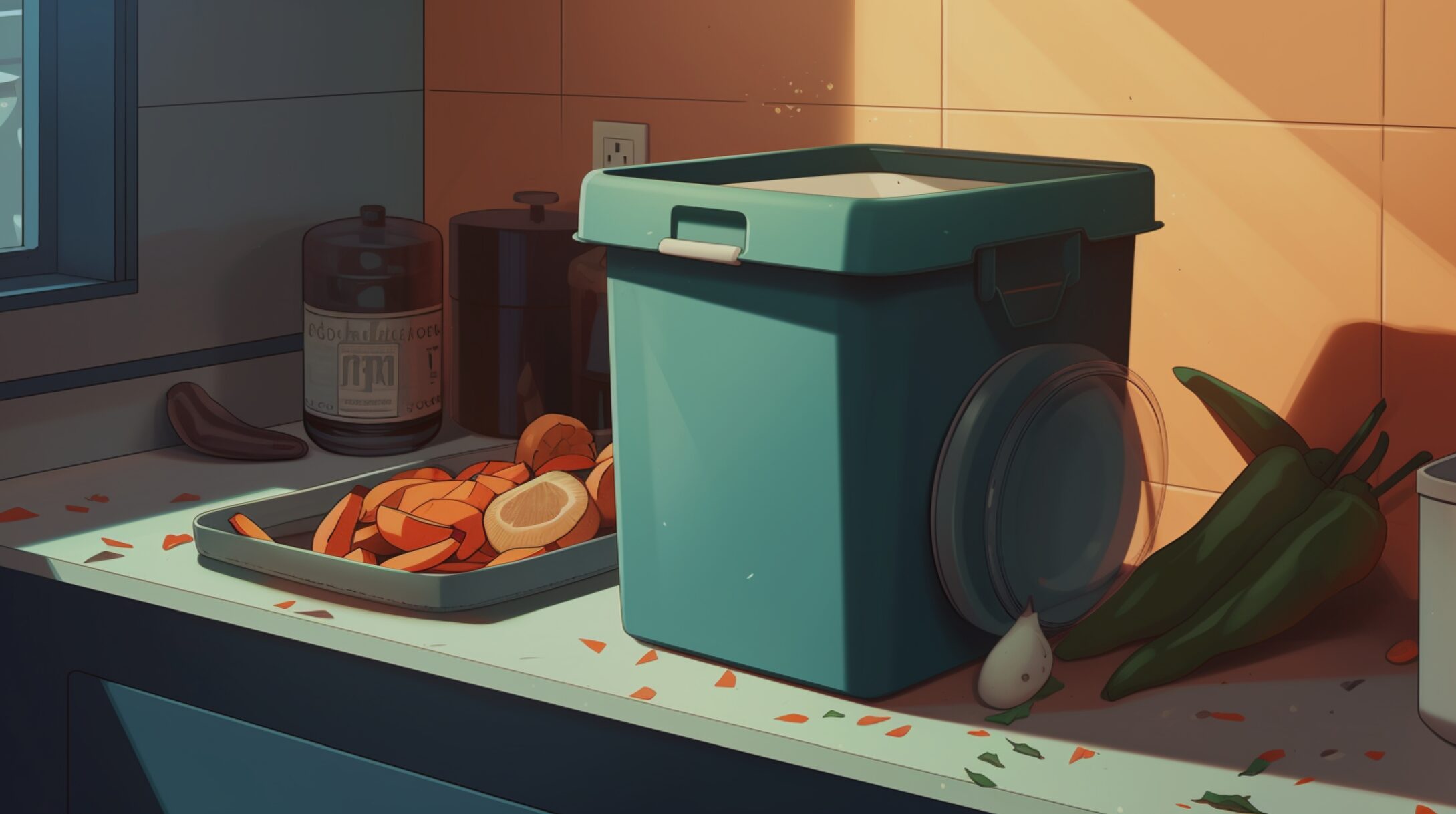
We are reader-supported. When you buy through links on our site, we may earn an affiliate commission.
Each year, Americans throw out 108 billion pounds of food, or 30% to 40% of the global food supply. Most of this waste ends up in landfills where it generates methane, adding more greenhouses gases to the atmosphere. Meanwhile, 26 million Americans go hungry and the planet continues to grow warmer.
If mankind wants to survive, humans must find ways to minimize waste. Eating less food is one solution. However, even if you purchase, consume and toss less produce, you’ll inevitably end up with inedible scraps like eggshells, cores, rinds and peels. In this case, composting offers an eco-friendly alternative to throwing these leftovers away.
What is Composting?
Composting is the process of turning organic matter like food scraps and yard waste into all–natural fertilizer. You can put anything that decomposes in your compost pile, including coffee grounds, tea bags, paper egg cartons and vacuum lint.
Bulking agents like wood chips and twigs accelerate the decomposition process, which should reach completion within a few months. Once the compost is mature, you can mix the dark brown or black humus into your garden or flowerbeds to boost plants’ nutrient intake and accelerate growth.
Why Should You Compost?
Starting a backyard compost pile can minimize waste and incentivize you to live more sustainably. However, composting can also do wonders for the air, soil and wildlife around your home.
Enriches Soil
Adding compost to your garden or flowerbeds helps the soil retain nutrients and moisture, which is especially beneficial in sandy locations. Compost can also loosen tightly bound clay and silt so plants can more easily take root. Plus, because compost alters soil composition, your yard will be less likely to erode or require chemical fertilizers, which is a victory for the environment and your pocketbook.
Improves Air Quality
If food waste were a country, it would have the third largest impact on global warming after the U.S. and China. That’s because the decomposition process releases methane, which has more than 80 times more warming power than carbon dioxide. Luckily, composting reduces methane emissions because it creates an ideal environment for aerobic decomposition, which releases much less biogas than anaerobic decomposition.
Compost also provides carbon sequestration, which can effectively improve air quality. When you apply humus to your garden, it improves soil health by increasing microbe counts. These microbes sequester carbon in the soil through photosynthesis so less CO2 ends up in the atmosphere.
Protects Wildlife
Because compost piles contain all-natural materials and ingredients, they offer a safe space for all kinds of wildlife. For instance, a handful of normal backyard compost can contain millions of nematodes, which hunt down, penetrate and kill most soil-dwelling pests. Many insects, snails, worms and slugs may also make a feast of your compost pile, which can accelerate decomposition and provide food for birds, snakes toads and other animals.
10 Steps to Composting
There are several ways to make a compost pile. However, this article will focus on building and maintaining a backyard pile, which is one of the most popular methods. Of course, everyone’s pile will look different since each household generates different kinds of food and yard waste. However, the following steps are applicable in most situations and can certainly start you off on the right foot.
1. Choose Your Bin
The quickest way to build a compost pile is by forming a simple mound in your backyard. However, if you want more containment, you can enclose the pile with rocks, concrete, brick, fencing or boards. A large plastic or metal container can also aid in faster composting and keep rodents and other pests out of your pile.
2. Select a Location
Wherever you choose to place your compost bin or pile, it should be easily accessible because you’ll be using it often, especially after it matures. Look for a flat, well-drained, sunny location away from your house and other structures since the composting process can rot wood and other building materials.
3. Pick the Right Time of Year
While you can set up a compost bin during any season, starting the project in the spring or summer will make your job easier and accelerate decomposition. High nitrogen materials like lawn trimmings and high-carbon materials like dead leaves are ever-present during these months, too. These additions, which are also called greens and brows, will promote a healthy, active compost pile year-round.
4. Make the Base
Of course, the base of your pile should consist of bare earth. However, you must also add a layer or straw, twigs or old newspaper on top of it so that worms and other decomposers can colonize the compost. This base layer also allows for proper drainage so the mixture doesn’t become soggy or overly moist.
5. Collect Waste
Once you’ve established a base layer, you may begin collecting waste. Keep a small container in your kitchen and periodically add food scraps as you cook. When the pail is full, add its contents to your compost bin outside. Keep your scrap bucket in the freezer to minimize odors and hasten decomposition.
6. Shred Materials
If you want a neat-looking pile and a quicker turnaround on humus, consider shredding waste before adding it to your compost pile. Shredding paper materials and organic matter creates a larger surface area for bacterial invasion, which will break them down quicker. Just avoid shredding moist produce as these materials can become soggy and hinder decomposition.
7. Alternate Layers
You should also alternate layers of organic materials so that your compost receives even amounts of nitrogen, carbon, oxygen and water, all of which are essential for efficient decomposition. The first layer should consist of hay, straw, leaves, twigs and other brown matter to provide the soil with carbon. The second layer can include green materials like vegetable waste, grass clippings and garden debris. Finally, add a final layer of topsoil from your yard or garden to nurture hungry microbes.
8. Maintain the Pile
Add a layer of twigs every eight inches or so to guarantee proper air flow. Using a pitchfork to occasionally stir the pile can also ensure even nutrient and moisture distribution. Plus, frequently turning its contents will prevent excessive heat that removes nitrogen and kills helpful microbes. The internal temperature should remain around 160°F. When readings exceed this limit, add water or aerate the pile to cool it down.
9. Harvest Your Compost
Finished compost will emerge at the top of your pile and resemble regular old soil. Harvest this dark, crumbly humus with a shovel and store it in a separate container to later use in your garden or flowerbeds. Leave the unfinished compost to continue decomposing as it could steal nitrogen from other plants if you added it to your garden.
10. Use, Donate or Sell It
Use the final product to fertilize your lawn, garden, flowerbeds and potted plants. Apply it directly or make compost tea and use it to add nutrients to your soil. If you don’t have a green thumb, consider donating it to local farmers, schools and community gardens. You can even sell or give away your compost on Craigslist or Facebook marketplace in a pinch. Otherwise, many states offer compost collection services that will take the humus of your hands.
Learn as You Go
Regardless of how much you know about composting, building your own pile can be a challenge, especially if you’ve never done it before. Therefore, it’s important that you adopt a growth mindset and learn as you go. Use trial and error to figure out which layering, watering and turning systems work for you and your specific climate. In time, you’ll develop an ideal arrangement — and a thriving compost pile that will last for years to come.

